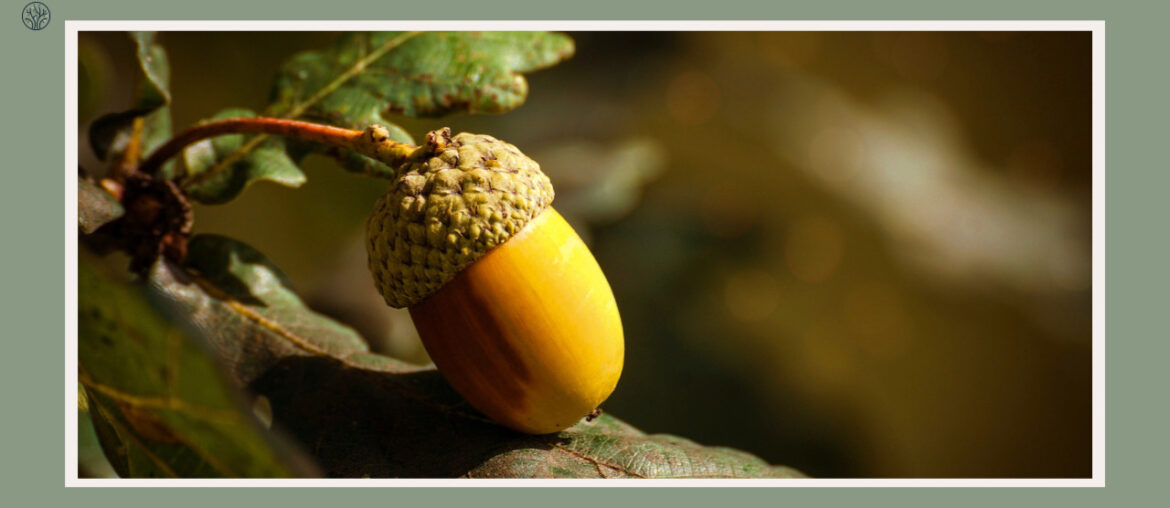Oak trees, with dozens of native species belonging to the red oak and white oak groups, are an important part of Florida’s landscape. They provide shade, beauty to the state, and habitat for many animals and birds. Throughout this blog, you will learn about the different types of oak trees in Florida, how to identify them, and some interesting facts about their ecology and history.
Laurel Oak
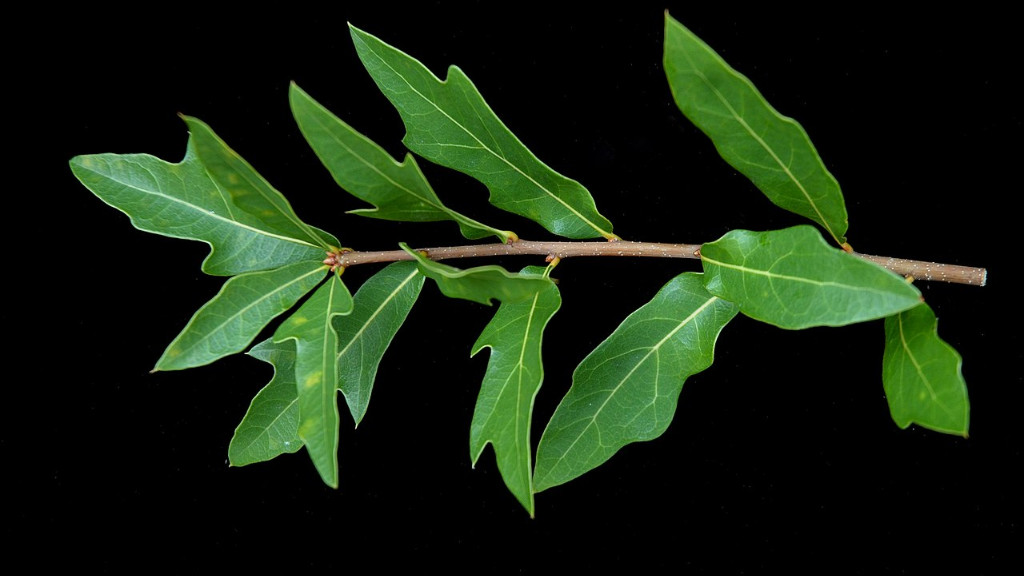
- Appearance: Smooth, elliptical leaves that are dark green on top and paler underneath.
- Bark: Initially smooth in younger trees, transitioning to ridged and furrowed textures with age.
- Habitat: Versatile, thriving in both dry and wet areas.
- Size: Typically stands between 60 to 70 feet, but can soar up to 100 feet in optimal conditions.
- Acorns: Small, round, and a vital food source for many of Florida’s wildlife species.
The Laurel Oak is a remarkable example of nature’s adaptability. This semi-evergreen tree is native to Florida, where it grows in various terrains. It can survive in dry lands and wet soils alike, making it a common sight across the state.
The tree has a decent growth rate and provides a dense canopy that offers shade and shelter to many animals. Its branches are a safe haven for birds, and its acorns are a delicious snack for many creatures. The Laurel Oak also helps the environment by improving soil quality, preventing erosion, and cleaning the air.
The wood of the Laurel Oak has a long history of use for different purposes. People have used it for building, crafting furniture, and making charcoal. Its durability and resistance to decay make it a favorite choice for many carpenters and builders.
Shumard Oak
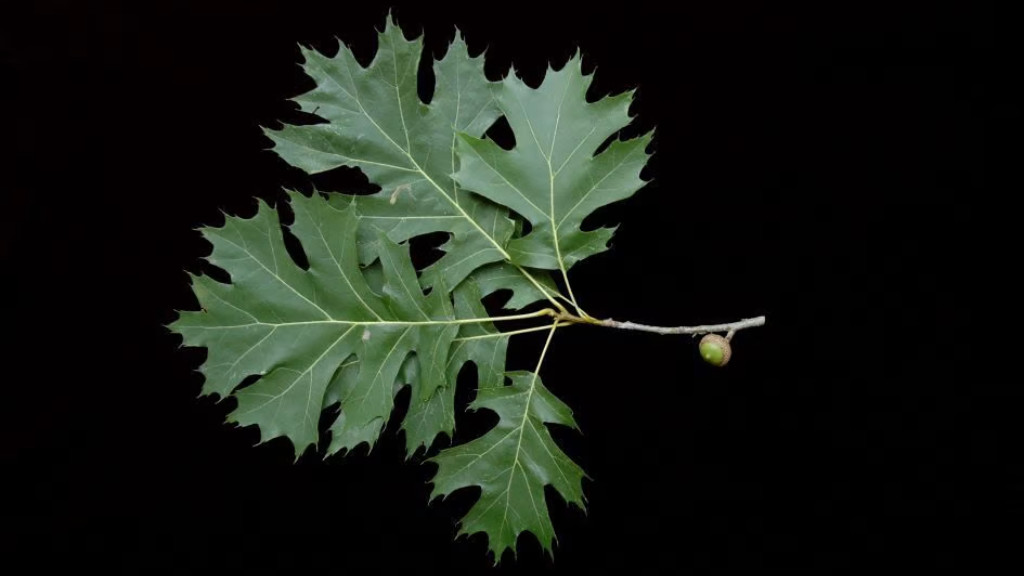
- Appearance: Characterized by its deeply lobed leaves with bristle-tipped ends, which adopt a vibrant red hue in the fall.
- Bark: Exhibits a dark gray to reddish-brown color, with deep furrows developing as the tree matures.
- Habitat: Prefers moist, well-drained soils and grows near gracing riverbanks.
- Size: Averages a height of 50 to 70 feet, with its canopy spreading up to 40 feet.
- Acorns: Notably large, often reaching 1.5 inches in width, and are a favorite among local wildlife.
The Shumard Oak, or the Shumard Red Oak, is a deciduous tree that belongs to Florida’s ecosystems. In the fall, its leaves transform into a vivid, fiery red instead of pink, black, or yellow.
The Shumard Oak also has an important role in the local ecology. It likes to grow near rivers, where it helps to protect the soil from erosion and keep the water clean. The tree’s acorns, which are bigger than most other oaks, are a rich source of food for many animals, from birds to mammals.
Southern Red Oak
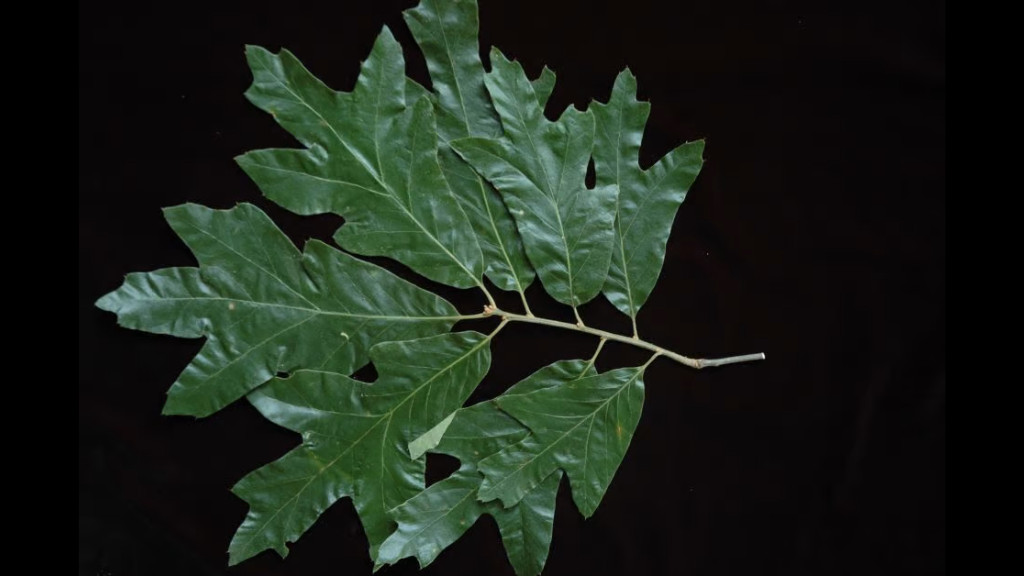
- Appearance: Leaves are generally long with three to five lobes, having bristle-tipped ends. The upper surface is dark green while the underside is paler and often hairy.
- Bark: A dark gray to reddish-brown hue, becoming deeply furrowed and rough with age.
- Habitat: Prefers dry, sandy soils but can adapt to various soil types.
- Size: Typically grows to heights of 60 to 80 feet.
- Acorns: Medium-sized with a saucer-shaped cap, maturing in two seasons.
The Southern Red Oak, also known as the Spanish Oak, is a common tree in many of Florida’s upland habitats. It can grow in different soil types, even in dry, sandy soils, making it a tough species in Florida’s varied ecosystems. The tree has a wide and spreading canopy that gives plenty of shade and makes it a popular choice for landscapes that need large, shady trees.
The acorns of the Southern Red Oak are a tasty food for many wildlife species, such as deer, squirrels, and various birds. The tree also has value for humans, as its wood is hard and strong, good for making furniture, flooring, and firewood that burns with high heat.
Water Oak
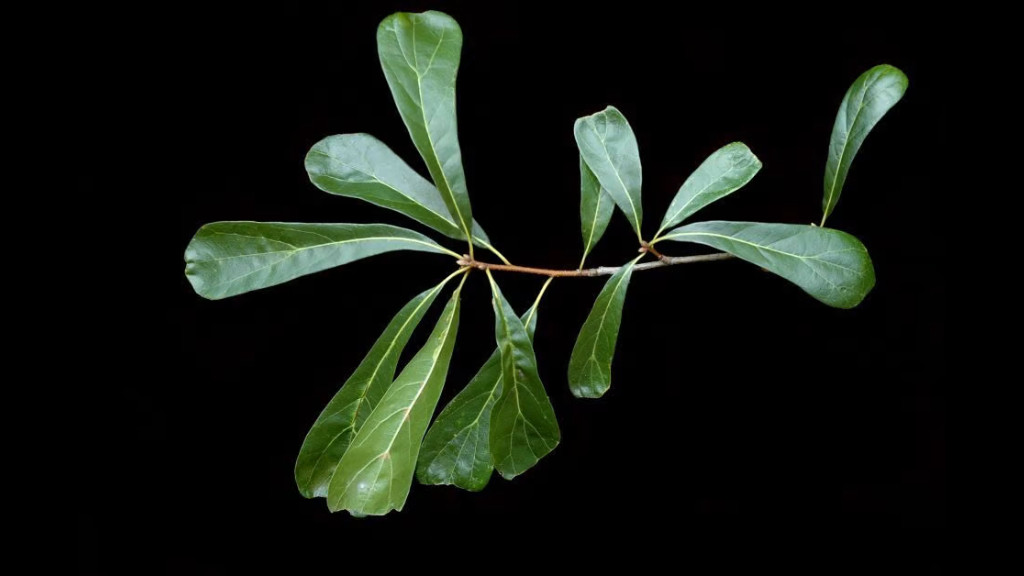
- Appearance: Leaves are spatula-shaped, broadest above the middle, and can vary in shape. They are smooth and dark green on the upper surface.
- Bark: Smooth in young trees, becoming ridged and furrowed in older trees, with a dark gray hue.
- Habitat: Thrives in wet, swampy areas, often found along streams and in lowlands.
- Size: Grows rapidly to heights of 50 to 80 feet.
- Acorns: Small, rounded, and mature within a single season.
The Water Oak is a tree that loves water, as its name implies. It grows fast along water bodies and has roots that soak in water. It can handle swampy areas and floodplains well, making it an important part of Florida’s riverside ecosystems.
The tree’s leaves, which stay on the tree until winter, give a steady canopy for wildlife. The acorns, though small, are plentiful and feed many animals. The Water Oak’s wood, which is not as hard as some other oaks, is still useful for timber and pulpwood production.
Willow Oak
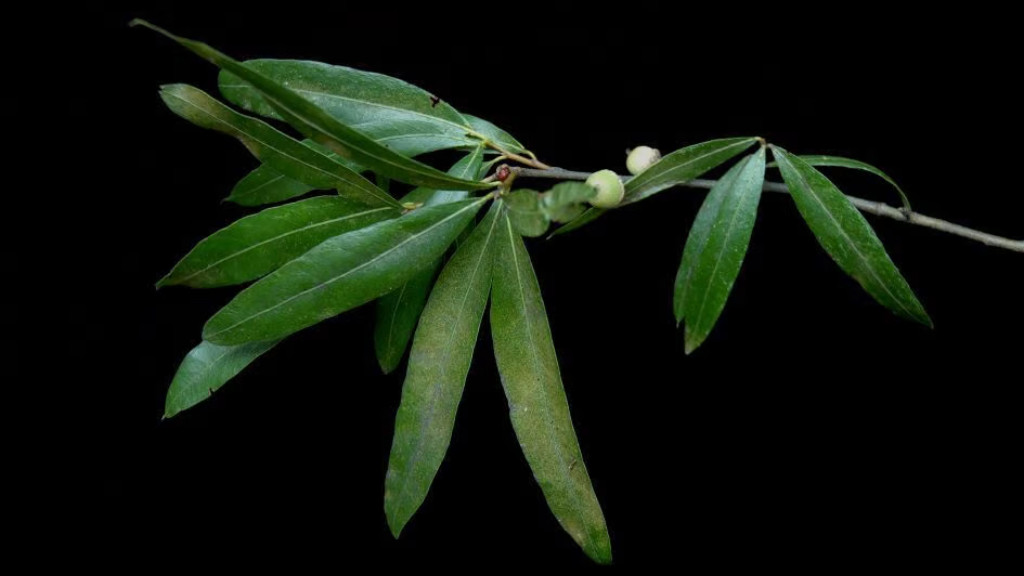
- Appearance: Distinctive slender, willow-like leaves that are smooth and bright green.
- Bark: Gray-brown, becoming rough and ridged with age.
- Habitat: Prefers moist soils and is often found in floodplains and along riverbanks.
- Size: Typically reaches heights of 65 to 100 feet.
- Acorns: Small, rounded, and mature in a single season.
The Willow Oak has unique, willow-like leaves that make it different from other oaks. This deciduous tree grows fast and looks beautiful, so it’s a popular choice for urban landscapes. It likes moist soils, so it often grows near rivers, streams, and other water bodies.
The tree’s acorns look like small green balls, but there are many of them, so they feed a lot of wildlife. The wood of the Willow Oak is hard and strong, good for building, furniture, and veneer. The tree is part of Florida’s rich variety of oak species, each adding something special to the environment and the state’s heritage.
Bluff Oak
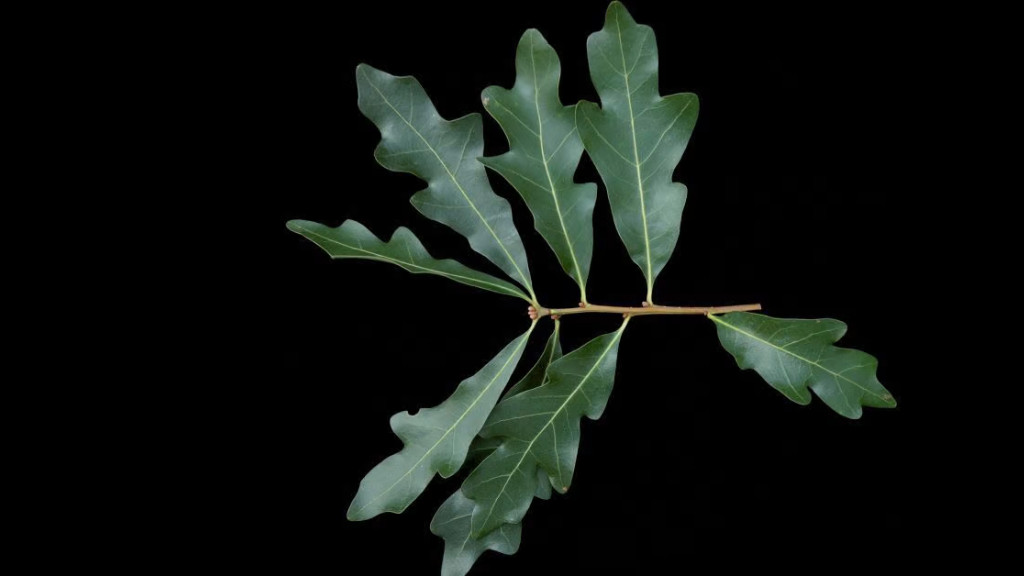
- Appearance: The Bluff Oak boasts leaves that are oblong to obovate, with smooth edges and a glossy, dark green color on the upper surface.
- Bark: It has a grayish-brown bark that becomes deeply furrowed and rough as the tree matures.
- Habitat: Often found in sandy soils, the Bluff Oak thrives in both upland and lowland areas.
- Size: This oak can grow to impressive heights, often reaching between 60 to 70 feet.
- Acorns: The acorns are medium-sized, with a shallow cap, and mature over two seasons.
The Bluff Oak is a native tree of the southeastern U.S. that adds to Florida’s diverse oak family. It can grow in different terrains, from dry uplands to wet lowlands, showing its resilience and versatility. The tree has a wide canopy that gives plenty of shade, making it a great choice for larger landscapes and parks.
The Bluff Oak also has an important role in local ecosystems. Its acorns feed many wildlife, from birds to mammals. The tree’s thick foliage also provides shelter and nesting sites for many bird species. In the past, people used the wood of the Bluff Oak, which is durable, for building and making tools.
Chinkapin Oak
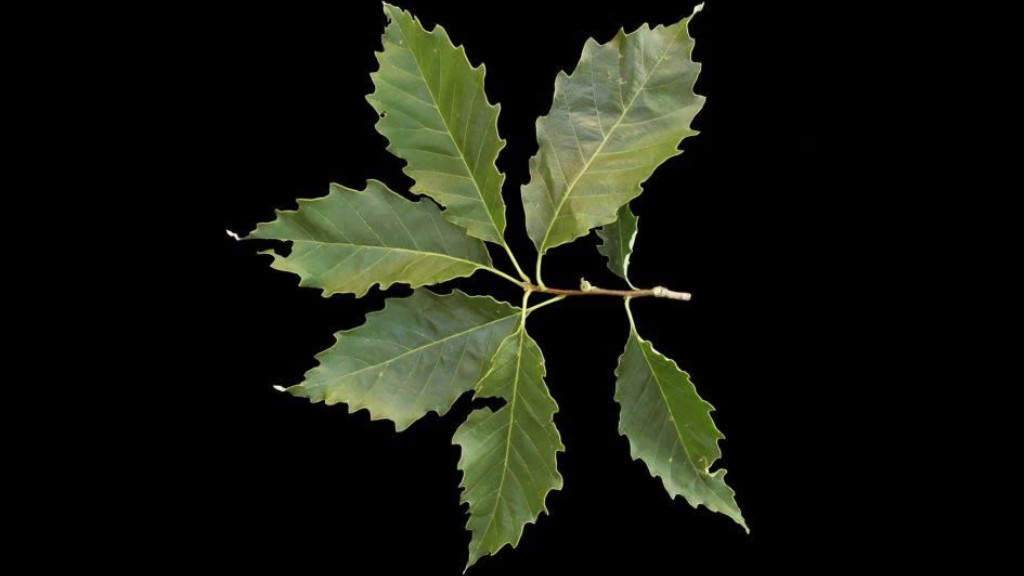
- Appearance: The Chinkapin Oak has oblong, coarsely-toothed leaves that have a shiny, dark green hue on the upper surface.
- Bark: The bark is light gray and becomes flaky with age, often resembling that of shagbark hickory.
- Habitat: Prefers well-drained, limestone-rich soils and is often found on hillsides and ridges.
- Size: This oak can soar to heights of 40 to 60 feet, with some specimens reaching even taller.
- Acorns: The acorns are small to medium-sized, with a thin cap, and mature within a single season.
The Chinkapin Oak, or the Yellow Chestnut Oak, has a unique bark and toothed leaves that make it stand out. This deciduous tree grows well in the limestone-rich soils of Florida’s hillsides and ridges. It shows its special ecological niche by thriving in such specific terrains.
The tree’s acorns are very sweet, so they are a favorite food for wildlife. Deer, squirrels, and various birds often eat them under the Chinkapin Oak. The tree also has value for humans, as its wood is strong and good for building and making furniture.
Southern Live Oak
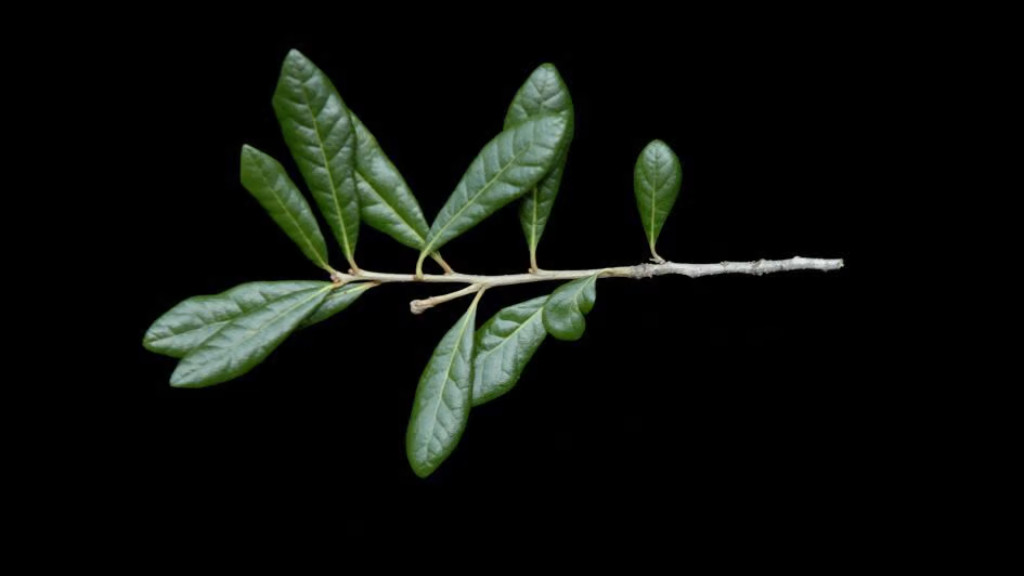
- Appearance: This iconic oak has broad, elliptical leaves that are dark green on the upper surface and paler underneath.
- Bark: The bark is dark gray to black and becomes deeply furrowed and ridged with age.
- Habitat: The Southern Live Oak is highly adaptable and can thrive in a variety of soils, from sandy to clayey.
- Size: It’s a massive tree, often growing to heights of 40 to 80 feet, with some specimens spreading up to 100 feet in width.
- Acorns: The acorns are medium-sized, with a deep cap, and mature over two seasons.
The Southern Live Oak is a symbol of the old South. Its wide branches, often covered with Spanish moss, show a timeless beauty and strength. This evergreen oak is native to the southeastern United States, where it shapes many of Florida’s landscapes.
It can handle coastal conditions, like salt spray, so it’s often seen along Florida’s coastlines. The tree’s hardwood was used in shipbuilding in the past because it was strong and didn’t rot. The Southern Live Oak’s acorns also feed many wildlife, making it an important part of the ecology.
Overcup Oak
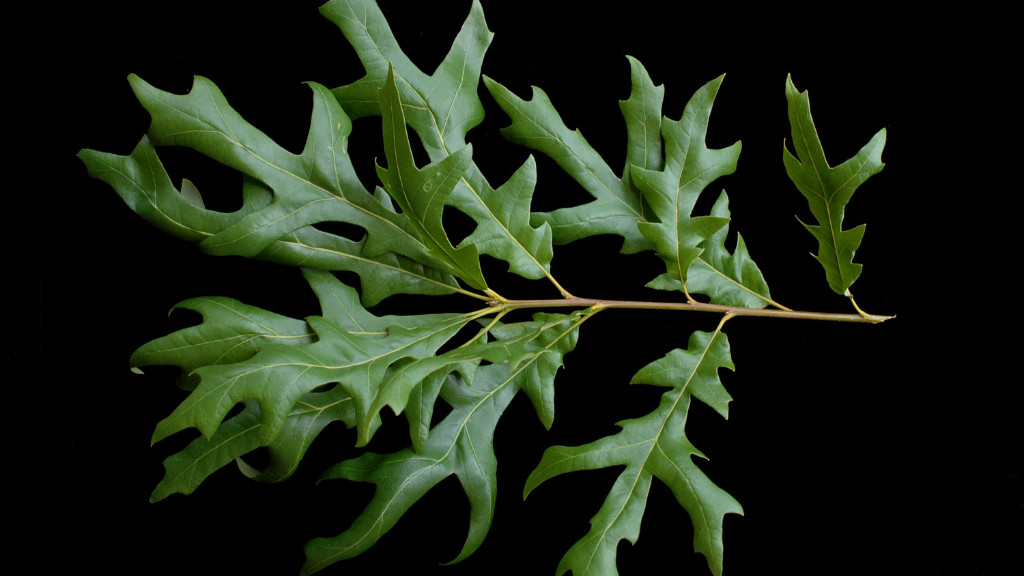
- Appearance: The Overcup Oak features broad, lobed leaves with a deep green hue on the upper surface and a paler shade underneath.
- Bark: It possesses a light gray bark that becomes ridged and furrowed as the tree matures.
- Habitat: This oak is often associated with floodplains and wetlands, showcasing its preference for moist soils.
- Size: The tree can grow to impressive heights, often ranging between 40 to 60 feet.
- Acorns: Its acorns are distinctive, with the nut almost entirely enclosed by the cap, giving the tree its name.
The Overcup Oak is a native tree of the southeastern U.S. that grows well in areas that flood often. It can handle being in waterlogged soils for a long time, making it an important part of Florida’s wetland ecosystems. The tree has a thick and wide canopy that gives shade and shelter to many wildlife species.
The Overcup Oak also has value for humans, as its wood is hard and strong. People used it for building and making furniture in the past. The tree’s acorns, which are mostly covered by their caps, feed many animals, from ducks to deer.
Post Oak
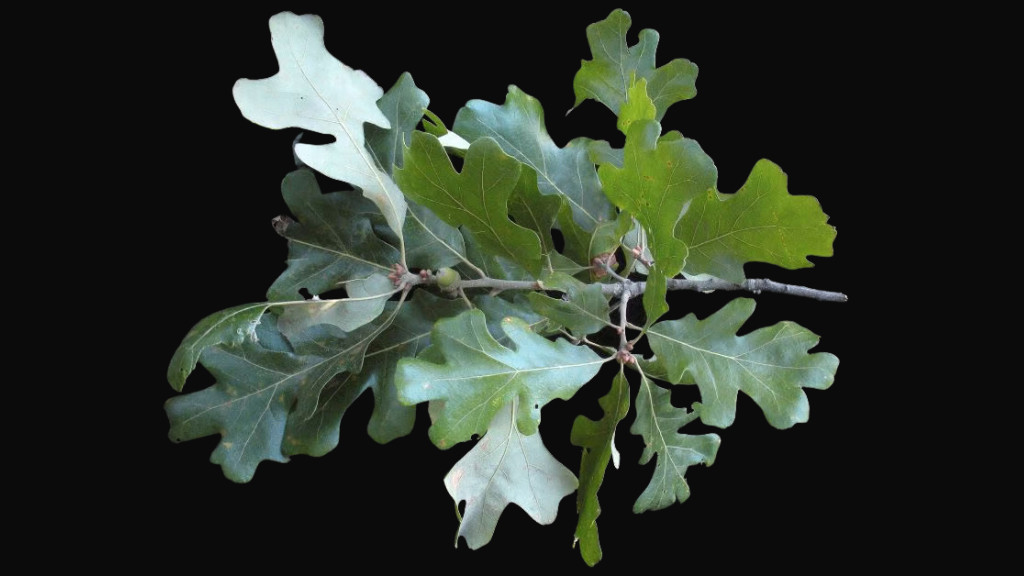
- Appearance: The Post Oak boasts leaves that are cross-shaped, with a dark green color on the upper surface and a slightly paler shade underneath.
- Bark: Its bark is rough and scaly, with a grayish-brown hue.
- Habitat: This oak prefers dry, sandy soils and is often found in upland areas.
- Size: Typically, the tree grows to heights of 40 to 50 feet.
- Acorns: The acorns are medium-sized, with a shallow cap, and mature over two seasons.
The Post Oak has cross-shaped leaves that make it easy to recognize. This tree grows well in dry, sandy soils, showing its resilience and ability to handle challenging terrains. The tree has a wide canopy that gives a lot of shade, making it a good choice for landscapes that need drought-tolerant, shady trees.
The wood of the Post Oak is hard and durable, good for many uses, from building to making tools. Its acorns, which are not as many as some other oaks, still feed many wildlife species.
White Oak
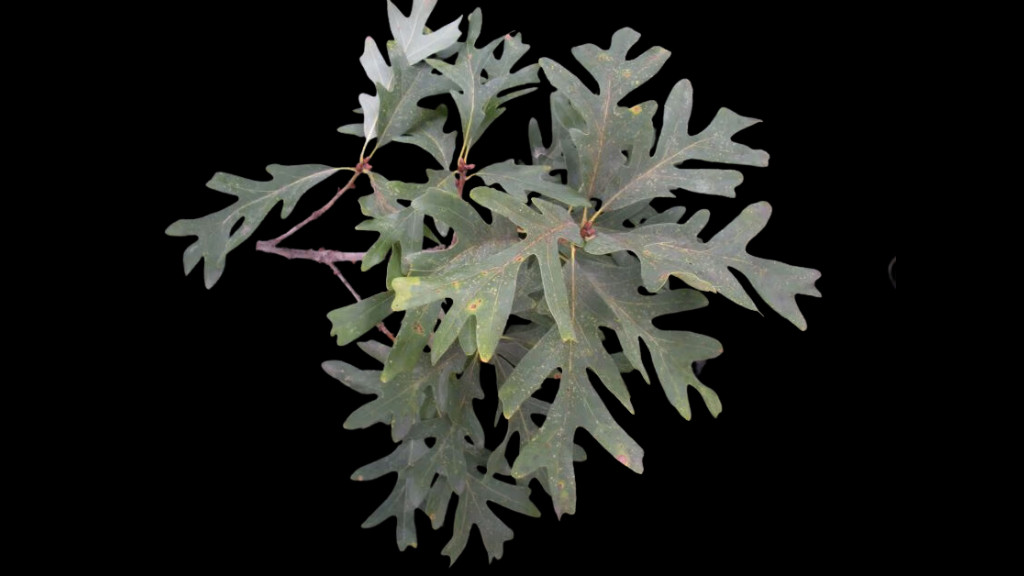
- Appearance: The White Oak features lobed leaves that are bright green on the upper surface and paler underneath.
- Bark: Its bark is light gray and becomes scaly and ridged with age.
- Habitat: This oak thrives in a variety of soils but prefers moist, well-drained terrains.
- Size: It’s a majestic tree, often growing to heights of 80 to 100 feet.
- Acorns: The acorns are large, with a bumpy cap, and mature over a single season.
The White Oak is a majestic and meaningful oak, both in size and significance. It has become a symbol of strength and endurance because of its grandeur and longevity. The White Oak is native to the eastern United States, but it has adapted to Florida’s diverse landscapes, from forests to residential areas.
Its acorns are large, feeding many animals. The tree’s thick foliage also provides shelter and nesting sites for many bird species.
Turkey Oak
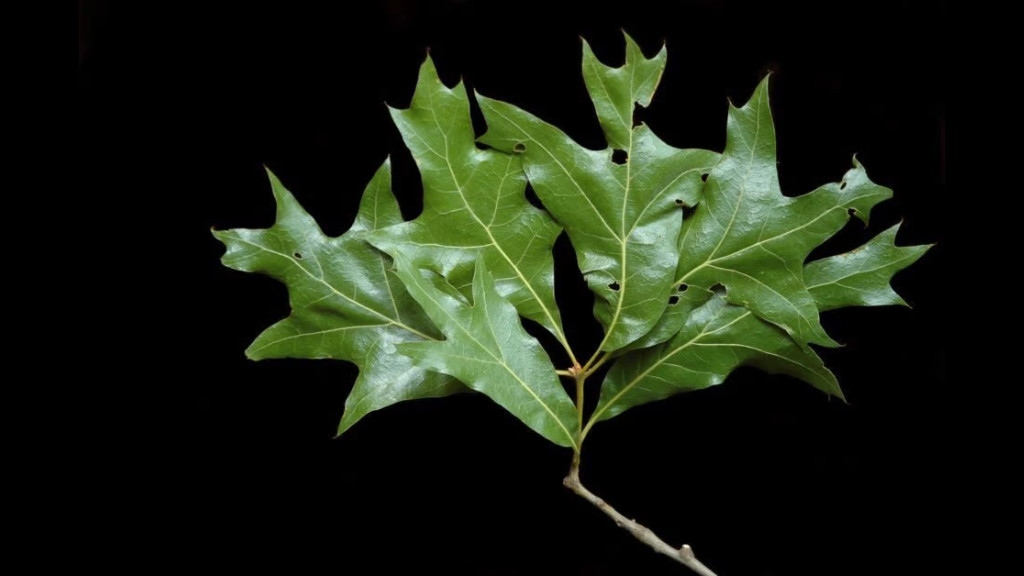
- Appearance: The Turkey Oak is characterized by its deeply lobed leaves, which resemble a turkey’s foot, hence the name. The leaves are a vibrant green on the upper surface and a paler shade underneath.
- Bark: It has a rough, grayish-brown bark that becomes more furrowed with age.
- Habitat: This oak is often found in sandy, well-drained soils, making it a common sight in Florida’s sandhills.
- Size: The tree typically grows to heights of 20 to 40 feet.
- Acorns: Its acorns are small to medium-sized, maturing over two seasons.
The Turkey Oak has unique leaves that make it different from other oaks. It likes sandy soils, so it grows well in the state’s sandhill regions, where it helps these ecosystems. The tree’s canopy, which is not as thick as some other oaks, gives shade and shelter to many wildlife species.
The tree’s acorns, which are not as many, feed many animals, from birds to mammals. The Turkey Oak adds a touch of uniqueness to Florida’s landscapes, each tree showing the state’s diverse habitats.
Chapman Oak
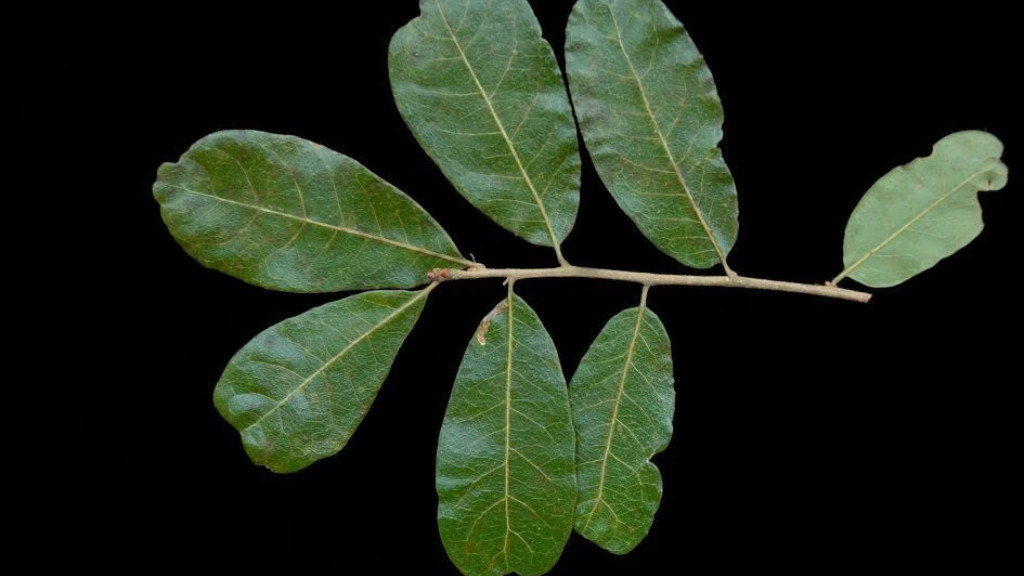
- Appearance: The Chapman Oak boasts small, elliptical leaves that are dark green on the upper surface and a slightly paler shade underneath.
- Bark: Its bark is smooth in young trees, transitioning to a rougher texture with age.
- Habitat: This oak prefers dry, sandy soils and is often found in scrubby areas.
- Size: Typically, the tree grows to heights of 20 to 30 feet.
- Acorns: The acorns are small, maturing over a single season.
The Chapman Oak, native to the southeastern regions of the U.S., is a resilient tree that thrives in Florida’s challenging terrains. Its adaptability to dry, sandy soils showcases its ability to survive in areas with limited water availability. The tree’s canopy, though not as sprawling as some other oaks, provides shade and is a common sight in Florida’s scrub habitats.
The tree’s acorns, while small, are a vital food source for various wildlife species. Birds and small mammals often forage beneath the Chapman Oak, seeking out its nutritious acorns.
Myrtle Oak
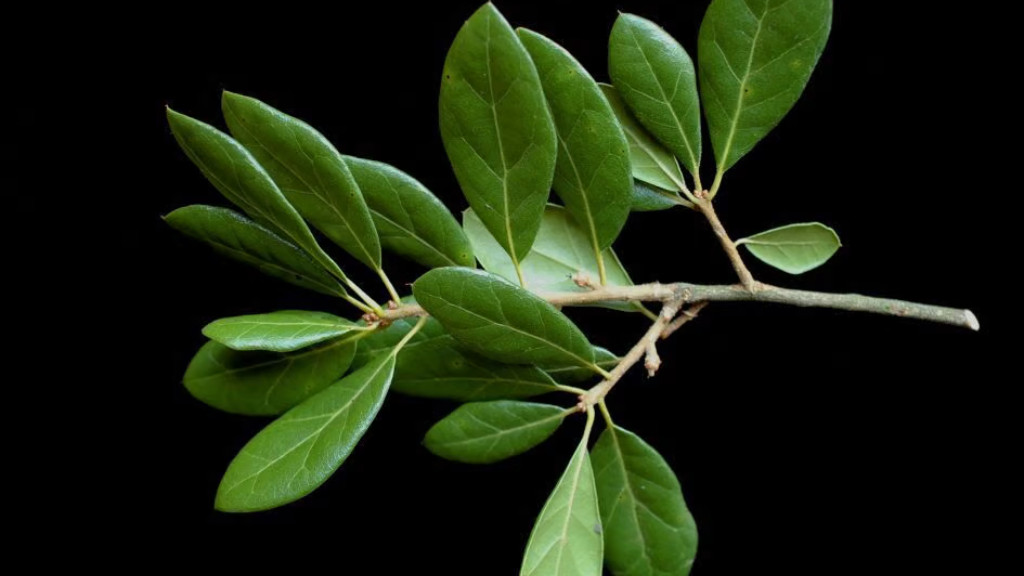
- Appearance: This oak features small, oblong leaves that are smooth and dark green.
- Bark: The bark is grayish-brown, becoming rough and ridged as the tree matures.
- Habitat: The Myrtle Oak is often found in sandy soils, making it a staple in Florida’s scrubby areas.
- Size: It’s a smaller oak, often growing to heights of 15 to 25 feet.
- Acorns: The acorns are tiny, maturing over two seasons.
The Myrtle Oak is a small but special oak tree that lives in Florida. It likes to grow in sandy soils, where it can be seen in many scrub areas. It has a thick canopy that gives shelter to many animals, from birds to insects.
The tree also has tiny acorns that feed different creatures, making it a key part of the food chain. The Myrtle Oak adds beauty and variety to Florida’s nature, with its unique leaves and role in the environment.
Bluejack Oak
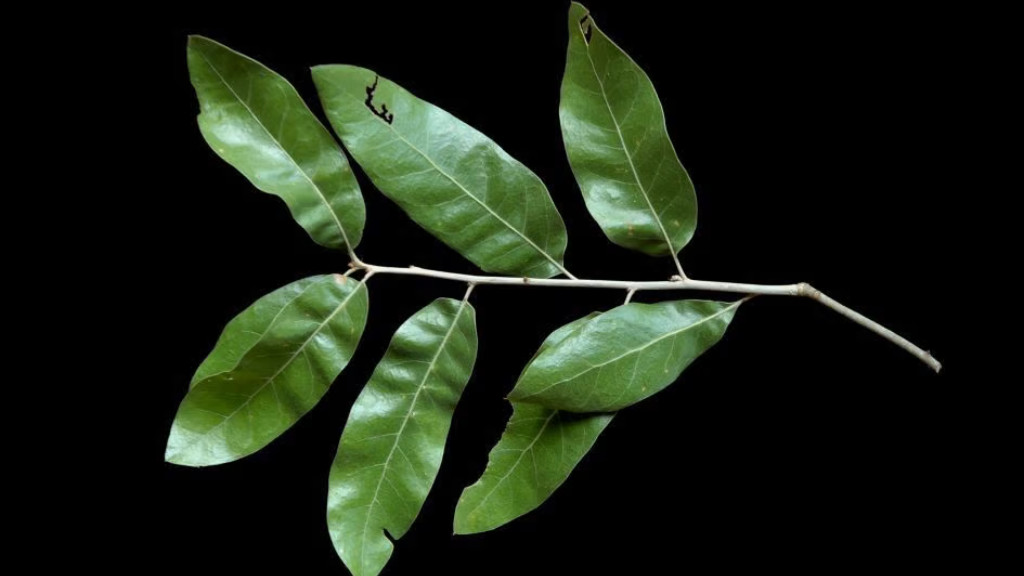
- Appearance: The Bluejack Oak is known for its slender, lance-shaped leaves that have a bluish-green hue, giving the tree its name.
- Bark: It possesses a dark gray bark that becomes rough and scaly as the tree matures.
- Habitat: This oak has a preference for dry, sandy, and acidic soils, making it a common sight in Florida’s sandhills and pine barrens.
- Size: Typically, the tree grows to heights of 20 to 50 feet.
- Acorns: Its acorns are small, with a shallow cap, and mature over two seasons.
The Bluejack Oak is a special oak tree that has bluish-green leaves. It can grow in dry and acidic soils, showing how strong and adaptable it is. It has a thin canopy that gives shade and is a cozy home for birds and small animals.
The tree also has small acorns that feed many wildlife species. The Bluejack Oak makes Florida’s nature more diverse and unique, with each tree being a part of the state’s amazing biodiversity.
Black Oak
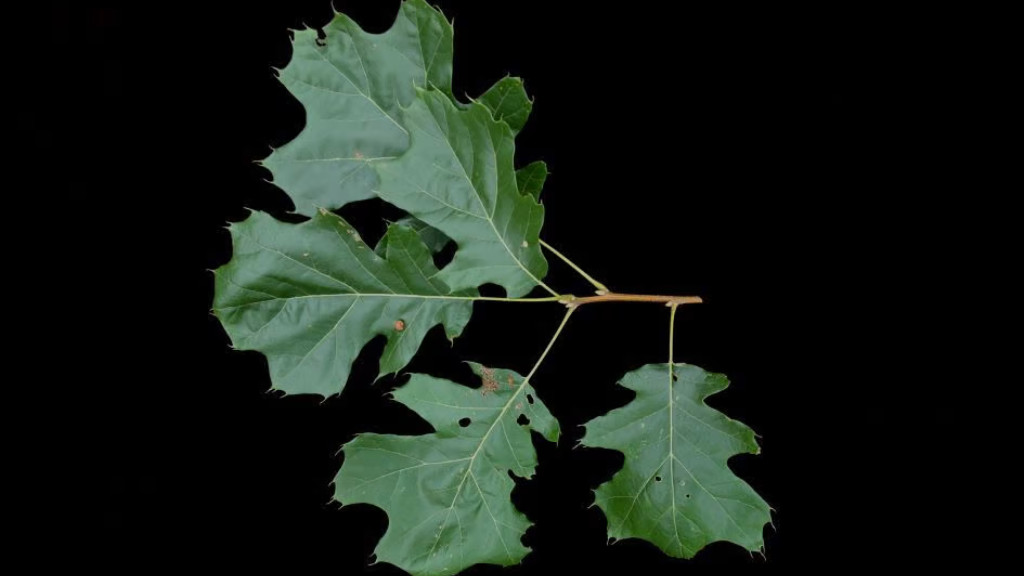
- Appearance: The Black Oak boasts broad, lobed leaves that are a vibrant green on the upper surface and a paler shade with a velvety texture underneath.
- Bark: Its bark is dark gray to black, becoming deeply furrowed and rough with age, giving the tree its name.
- Habitat: This oak prefers well-drained soils and is often found in upland areas and ridges.
- Size: The tree can grow to impressive heights, often ranging between 50 to 60 feet.
- Acorns: Its acorns are medium-sized, with a deep cap, and mature over two seasons.
The Black Oak is a common oak tree that has dark bark and soft leaves. It can grow in different places, from dry hills to wet valleys, showing how flexible and tough it is. It has a wide canopy that gives a lot of shade, making it a great choice for places that need big, cool trees.
The Black Oak has strong and lasting wood, which can be used for many things, from building houses to making furniture. Its acorns, even though they are not very many, still feed many animals.
FAQs
What is the most common oak tree in Florida?
The Southern Live Oak is a beautiful and common oak tree in Florida. You can see its big branches with Spanish moss hanging from them. The Southern Live Oak is a part of the old South and you can find it in many places in Florida. It is a great tree that can grow in different soils and situations. It is a main feature in many of Florida’s natural and urban areas.
How do I identify Florida live oak?
To find out if a tree is a Florida Live Oak, you can look at these things:
– Leaves: They have wide and oval leaves that are dark green on the upper surface and paler underneath.
– Bark: The bark is dark gray or black and has deep cracks and lines when it gets old.
– Size: It is a huge tree that can grow from 40 to 80 feet tall. Some trees can spread up to 100 feet wide.
– Habitat: The Southern Live Oak can grow in many kinds of soils, from sandy to clayey.
– Acorns: The acorns are not too big, and they have a deep cap. They take two seasons to grow. You can also see if the tree has Spanish moss hanging from its branches. This is not only for Live Oak, but it can help you identify it.Do oak trees in Florida lose their leaves?
Some oak trees in Florida keep their leaves all year long or only lose them for a little while. These are called evergreen or semi-evergreen oaks. The Southern Live Oak is one of them, and it always has leaves on it. However some oak trees in Florida lose their leaves in the fall, and these are called deciduous oaks. The Turkey Oak and the Post Oak are examples of these. The kind of oak tree and the place where it grows can affect how long it keeps its leaves.
Are oak trees in Florida protected?
Some oak trees in Florida, especially the big ones, may be protected by the local rules. These rules are different in different places. They are there to stop people from cutting down trees for no reason, especially in the city, to keep the nature and beauty of the area. If you want to remove or trim an oak tree, you need to check with the local people or a tree expert to make sure you follow the rules.
How many types of oak trees are there in Florida?
Florida is home to a diverse range of oak species, with over 20 different types found throughout the state. This includes the Southern Laurel Oak, Water Oak, Turkey Oak, Bluejack Oak, and many others. Though, not the fastest growing trees in Florida, each species has its unique characteristics and preferred habitats, contributing to Florida’s rich biodiversity and offering various ecological benefits.

